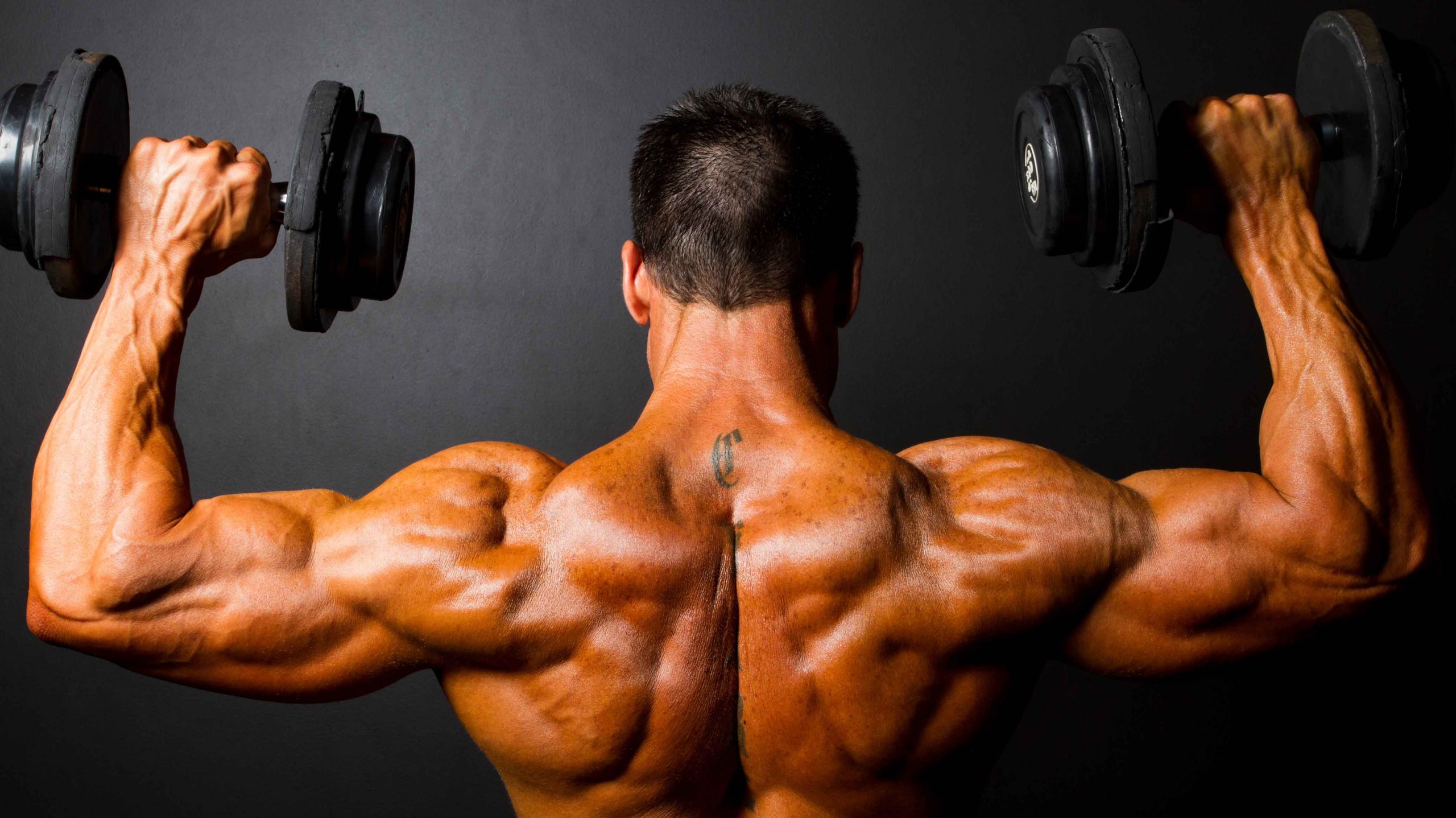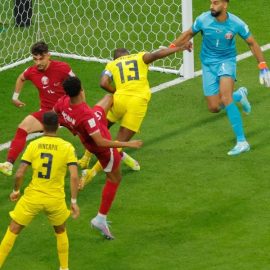Not all sneakers and trainers are equally good for bodybuilding exercises. Let’s find out which shoes should be chosen to reap only benefits from your workout.
Why using any shoes is a bad idea?
In order to maximize the efficiency of bodybuilding, choose closed shoes – no sliders or keds! Open shoes aren’t suitable for such activity: they will fly off at inappropriate moments and won’t protect feet from the sports gear. Bodybuilders who wear unsuitable shoes are at the risk of getting minor injuries that can lead to the tension of ligaments and joint dislocation.
Deadlifting slippers are the only exception from the rule. They feature a thin solid sole and reduce movements as much as possible. This is a good idea for bodybuilders with small feet and those who live exercising barefoot.
What the right shoes are like?
Choose robust laced shoes that will keep feet in a fixed, stable position, prevent overstretching and twists, and protect legs from shock. Training shoes should be both convenient and safe. Ideal trainers do the following:
- fix the ankle firmly;
- improve balance;
- distribute the load over feet optimally;
- provide exceptional steadiness.
Buying shoes for running is a common beginners’ mistake: such models are equipped with thick heels and strengthened sole. They are designed for heelball-toe roll, active movement and balancing. Acting like a spring, soft heels absorb the energy when you dash for raising a barbell. A bodybuilder should stand steadily, so shoes for exercises should have a low flat lug sole that prevents slipping.
Weightlifting shoes are ideal for heavy, intense workouts. Such sneakers are widely used for back squats and deadlifts – they improve balance and make up for better contact with the ground. There’s only one disadvantage: they are flat-soled. However, if you have well-developed calves and stretching, it’s not a problem.
Focus on the material
Natural materials are a must for sports lovers. Leather, fabric and suede cover lets the skin breathe, which prevents bad smell and bacteria. Flexible natural materials don’t restrain movements and ensure optimal ventilation, so you don’t feel the shoes on your legs and don’t suffer from skin irritation.
As for the sole, it should be made of hard textured rubber that prevents bouncing and slipping. Such models as Nike Air Max can be suitable for running, but not for powerlifting – they aren’t steady enough. The heel should be up to 1.5 cm high.
Laces or stickers? Ideally, trainers should be equipped with both to ensure a 100% steady grip. Simple cotton laces won’t untie – just make sure they don’t hang from the shoes.
The best models for bodybuilding
As we have already mentioned, optimal bodybuilding shoes are made of natural materials and have a slightly raised heel. Special top-class sports shoes with Otomix and Adidas logotype are nice examples.
Need weightlifting shoes for serious workouts? Consider such models as:
- Reebok Legacy Lifter
- Nike Romaleos
- Adidas Powerlift
There’s a separate category of shoes for Olympic lifts, and Risto Olimpico is the best representative. The series from VS Athletics is less popular but represents great shoes from natural materials under $100.
Using appropriate shoes for bodybuilding, you boost the workout efficiency and eliminate traumas. This is a must-have for responsible weightlifters.
Add The Sports Daily to your Google News Feed!







